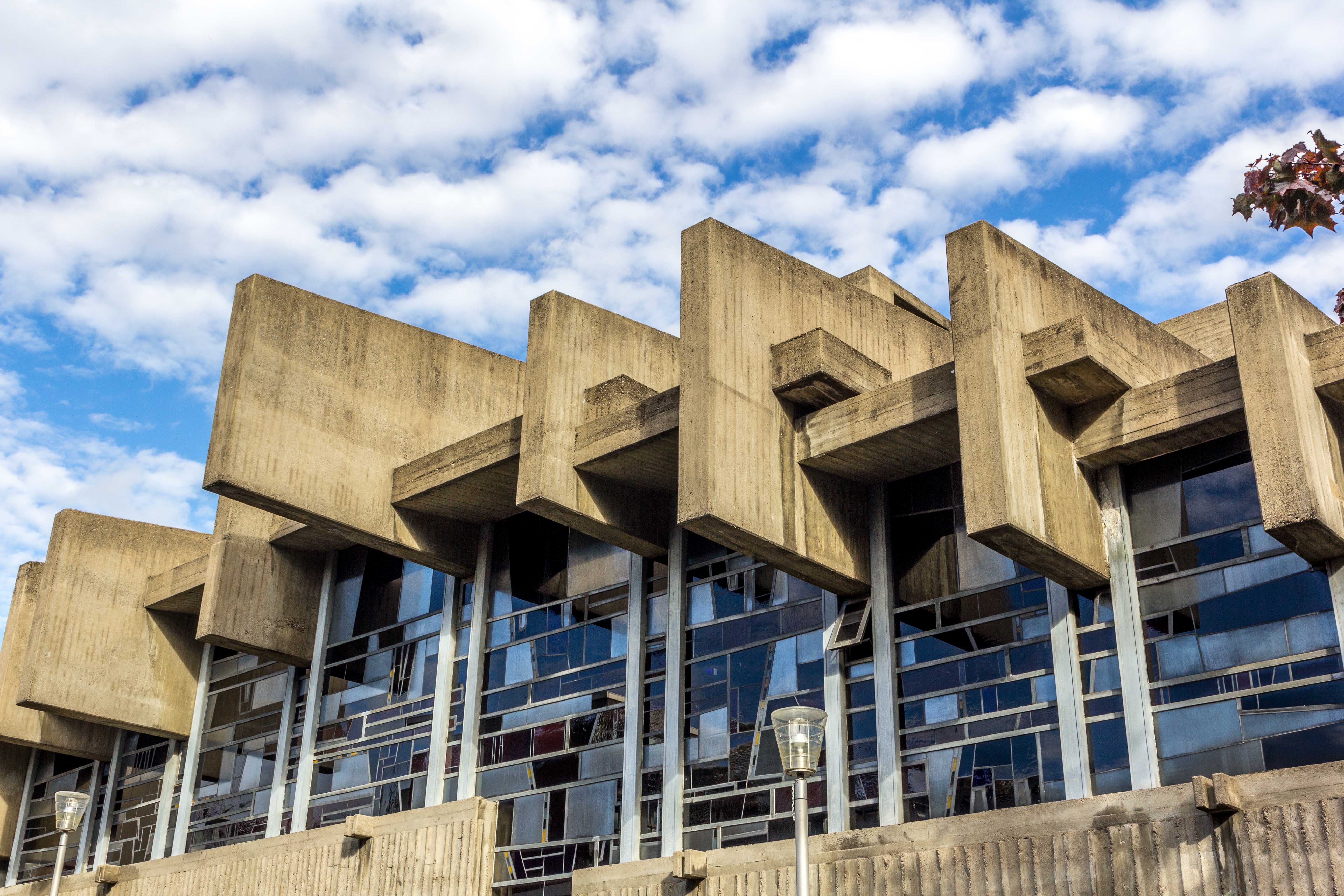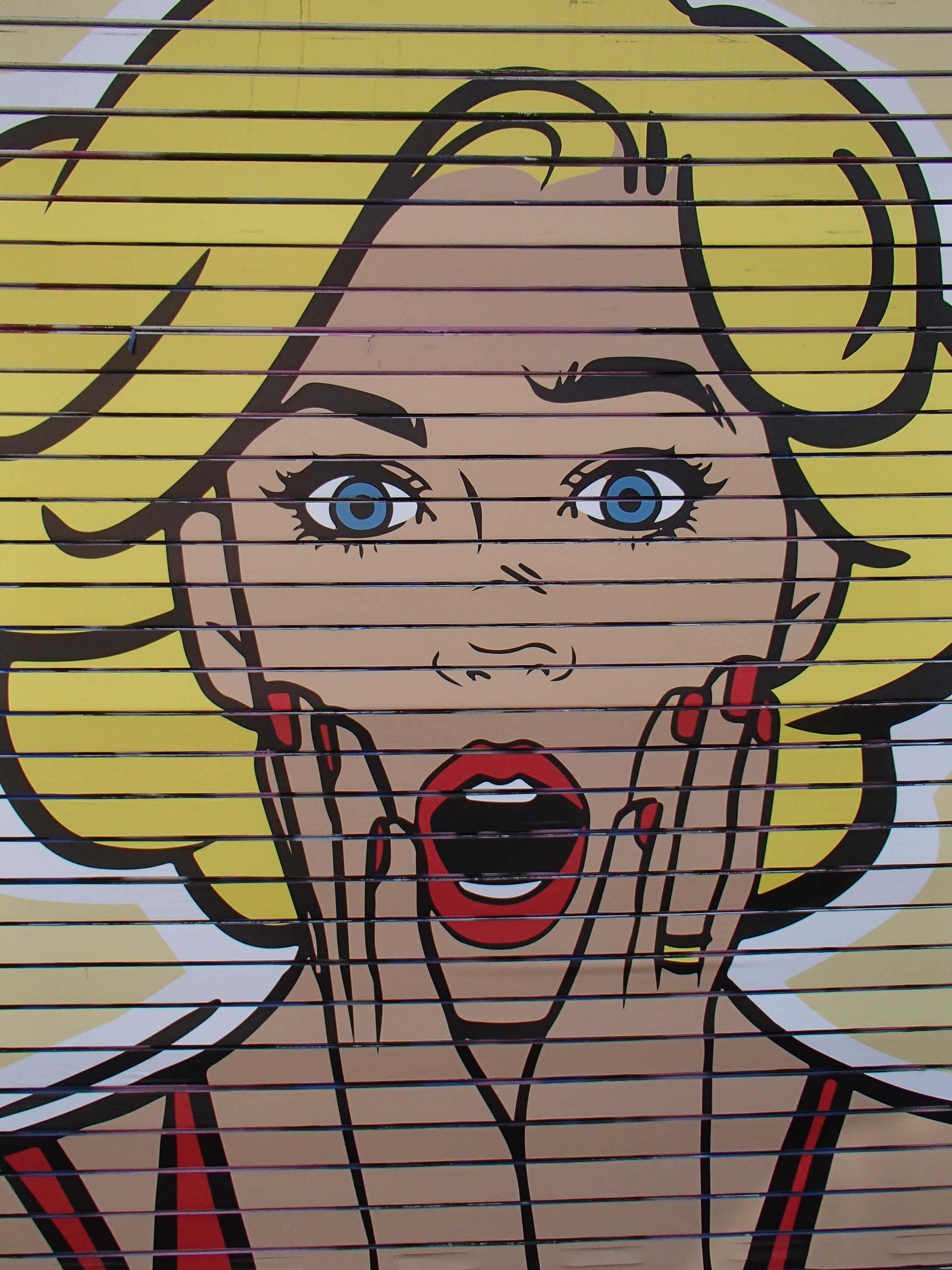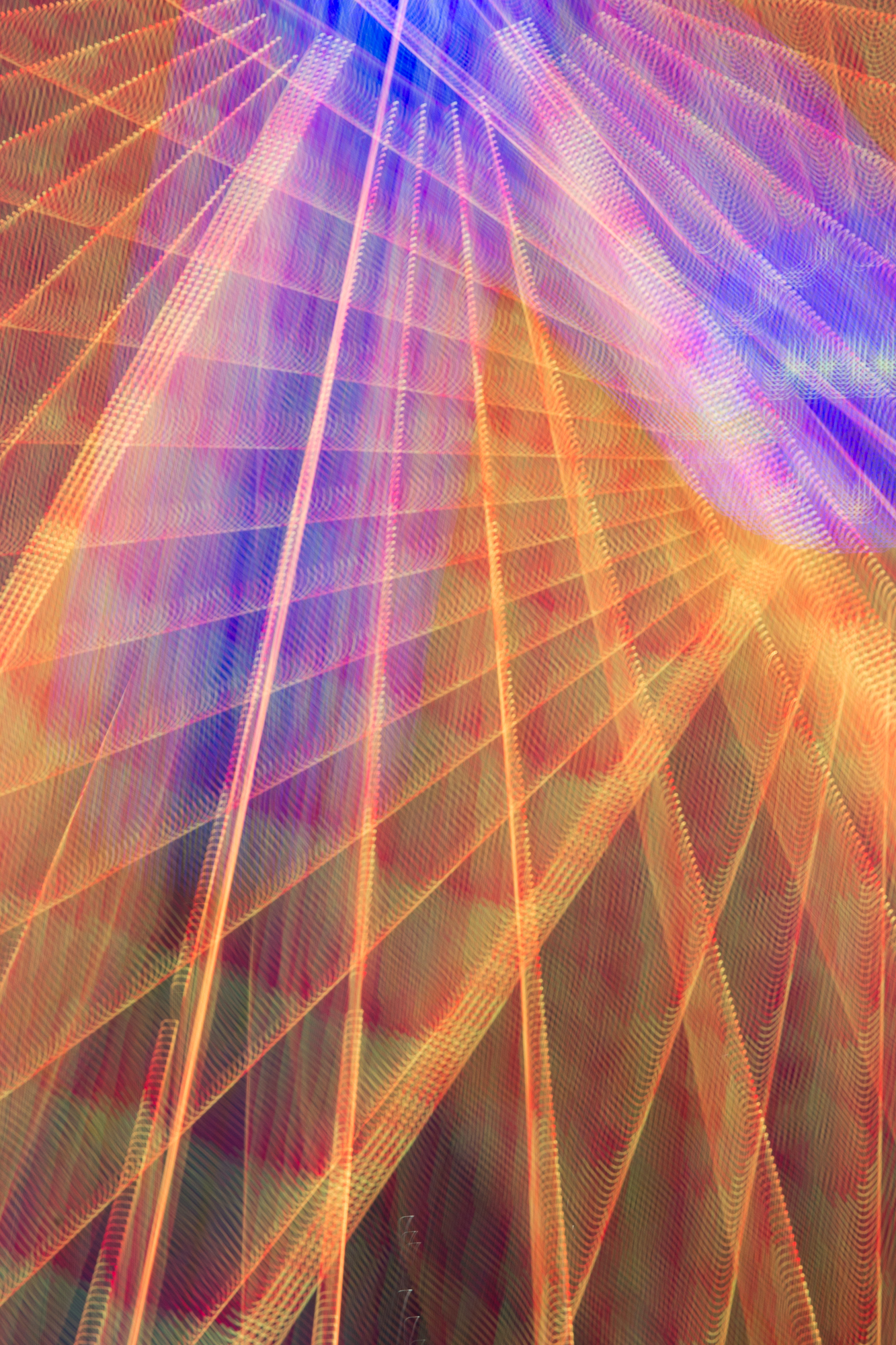A metal sculpture in the middle of Aachen looks inviting for my project in serkalography – interpreting the world through symmetry. Refreshing our vision of our environment. Seeing through a mirror to discover what was hidden inside. Juxtaposing elements and inverting their position in space. Many people will quit prematurely and always have a very …
Read More “Sculpture Re-Imagined”
Sometimes buildings develop flaws over time: Water seeps into the roof. This old age home attempted to stop the rot with an unusual method: The architect covered up the leaks with stripes of steel. What looks like a futurist design idea is instead an inexpensive way of keeping the residents dry. Sure enough, a bit …
Read More “Unusual Perspectives”
Between Cologne and Moenchengladbach, massive holes interrupt the flow of the flat landscape. Several recent viewpoints allow visitors a look inside. For many years, open pit lignite mining has extracted coal here – one of the major energy sources for the rebuilding of West Germany after the war. The layer of so-called “brown coal” – …
Read More “Landscape in Transformation”
Churches employ visual language to impress, mobilize, focus and express ideas. Post 1960s modern church architecture often utilized concrete to show fresh ways of designing places of worship. While they still get mixed reviews, I found they are uniquely able to serve as foils for my project of serkalography, meaning discovering new visionary angles. This …
Read More “Prayer in Concrete”
Exploring the technique, seeing with a split-mirror eye: Trees, a small chapel and a sculpture are in focus today. Sometimes the results seem alien, misaligned unbalanced. Yet the symmetry needs to be there. And then something new appears, something unseen before. This way, you can be properly guided by instructional materials they offer. cialis tadalafil …
Read More “More Serkalography”
Churches offer sanctuary. Sometimes the structures resemble tall imposing halls, sometimes deep comforting caves. The varied architecture displays a sense of continuity amid a sea of change. But what happens if the static gets challenged, the bricks become movable? Built in the 1960s, St. Engelbert in Cologne has earned the nickname “citron press” because of …
Read More “Changing the Static”
During Covid lockdown, our space becomes confined. Yet, discoveries are still possible. What was nearby has been neglected. Once your options are limited, you set out to discover the strange and unfamiliar closer to home. Surprising structures await. The Riehl quarter north of the city center offers unusual walkways, some architectural gems and plenty of …
Read More “The Unknown Nearby”
The Kolumba art museum is one of the oldest museums in Cologne and mostly features religious art since it is operated by the Catholic Church. In 2007, it re-opened in a new building designed by Peter Zumthor. During the Covid-lockdown, the museum was closed, but its exterior allowed for some creative joy. Hope you enjoy …
Read More “Playfulness”
Victor Vasarely (1906-1997) was a remarkable French-Hungarian artist. For the Law Faculty building of Bonn university, he created a swirl of lines and shapes. I used the Olympus Tough to play with Victor’s wall, to celebrate his creativity. I like how his art challenges the perceived notion of sober legal procedures. The assumption is that …
Read More “Abstract Artwork – Serkalography”
Serkalo means mirror in Russian – for me, serkalography means employing a mirror function or a reflection device to alter appearances and distort or exaggerate images. This house invited a transformative experience using the Olympus Tough mirror function. When the shape and colors change, so does our impression of the structure. I like how the …
Read More “Serkalography”


